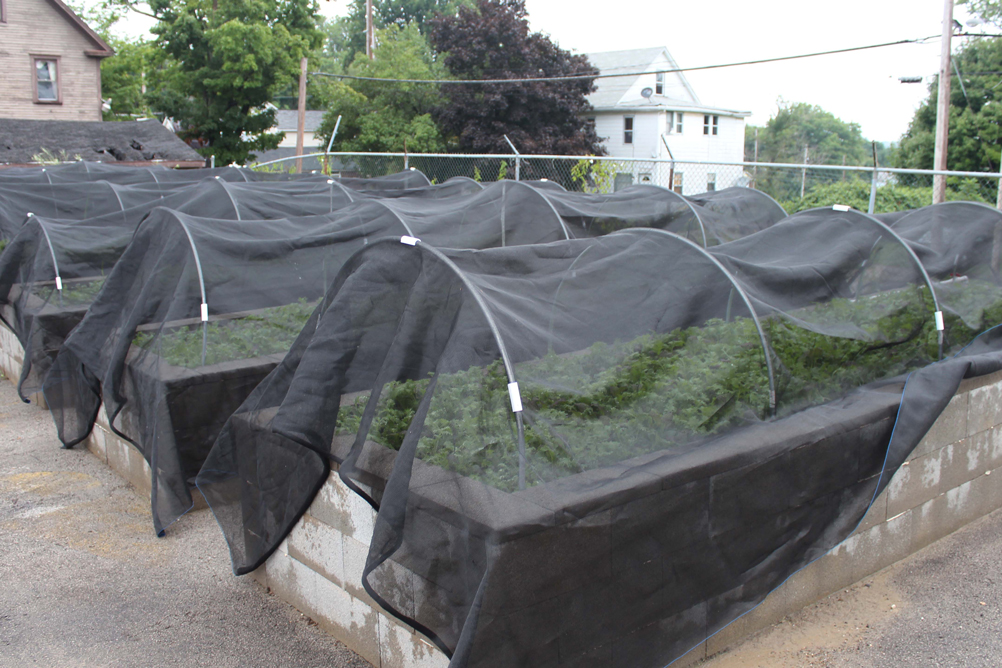They saved a nation – twice; now making a comeback Victory gardens

By Linda C. Dolak
OSU master gardener volunteer
The first community garden was planted in Detroit in the 1890s. In the beginning, a number of different groups, including educational and civic beautification, became involved. The idea was to provide land and technical assistance to the unemployed and teach good work ethics to youths.
In 1917, Charles Lathrop Pack established the U.S. National War Garden Commission and was responsible for launching the war garden campaign. Food production had decreased tremendously because farmers were enlisted. Pack’s campaign encouraged the use of community gardens to supplement and expand the domestic food supply. The government incorporated agricultural education and food production into public schools through the U.S. School Garden Army. Several million school children enlisted, and 50,000 teachers received curriculum materials. Park’s commission started more than five million gardens and produced provisions amounting to more than $1.2 billion by the end of World War I.
When the Great Depression hit, community gardens helped the unemployed grow their own food. Private, state and local agencies made available individual garden plots and employment in communal gardens. There were more than 23 million families involved in various programs, producing $36 million in food in 1934.
During World War II, the term “victory gardens” gained steam. They were also referred to as war gardens or food gardens for defense. They worked very well to reduce public food pressure.
The gardens were responsible for boosting morale. They made people feel empowered by their labor and contributions. Claude Wickard, U.S. Secretary of Agriculture, said, “A Victory Garden is like a share in an airplane factory. It helps win the War, and it pays dividends, too.”
The last active public gardens remaining from World War II, Fenway Gardens in Boston and the Dowling Garden in Minneapolis are still active. Fenway now features flowers rather than vegetables, and Dowling still concentrates on vegetables.
When the Great Recession took hold in 2008, the unemployment rate increased, and food-gardening intensified. Gardens were planted in backyards and empty lots. Yet again, gardens were considered morale boosters.
Today, community gardens still exist. There is even a community garden on the White House lawn, featuring a four-season garden. It was planted to encourage more-healthful eating and living.
Vegetable gardening is inexpensive. Many items needed can be reused and recycled. Size depends on space available. Some vegetables can be grown in pots. Gardening doesn’t have be a one-person job. Family, friends and community can take part in planting and caring for a garden. Extra produce can be donated to local food pantries.
Gardens not only contribute to healthful eating or hunger problems, they also can be a valuable activity for a healthy lifestyle. Vegetable gardens offer employment, exercise and availability of fresh, affordable, healthy food for families and for those in need. We have a number of community gardens in our area.
To learn more about growing your own vegetables, visit http://go.osu.edu/veggieplans.
 43
43
